

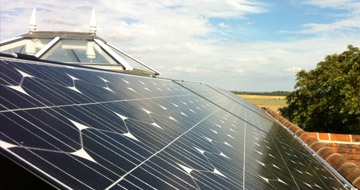
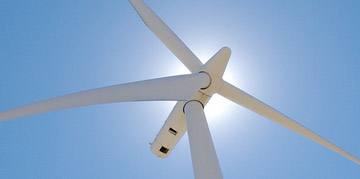

Electricity Generation
Renewable electricity is most commonly generated using Photovoltaic panels, Wind turbines or Hydro electric turbines. Hybrid panels are solar panels which can generate electricity and heat within the same panel. The easiest and most common technology for smaller generating systems is Photovoltaic.
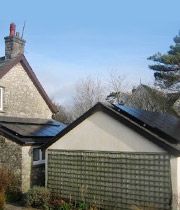
Photovoltaic
Photovoltaic (PV) panels or PV solar panels as they are more commonly known, use the energy from the sun to generate electricity with almost no waste and no emissions. This can then be used to run household appliances and lighting. The system is installed and connected to the property’s mains power system.
PV panels can come in a wide variety of shapes and sizes and certain colours of frames and cells. It is important to ensure that they are well positioned to get the maximum radiation and that the roof condition is properly checked to ensure it can take the load. Any roof that is likely to require recovering in the next 20 years is most sensibly refurbished as part of the installation work and the careful fitting and weatherproofing of the bracketry is critical to ensure that you don’t suffer from leaks in the future.
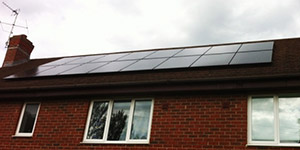 Many people prefer the look of black framed and backed panels for fitting on their roofs in visible area in which case we will also specify black fittings and, if required, fascias. |
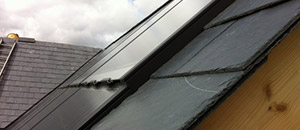 Particularly on new build projects, we can also specify integrated panels which can have a very low profile when compared to the more usual on-roof systems which are typically 150mm (6 inches) above the roof. |
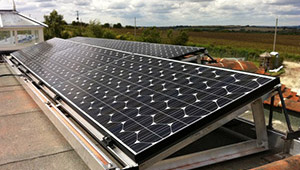 Flat roofs can be very suitable for PV panels and in this case they are normally mounted on special triangular frames. Panels can also be very cost effectively mounted on metal sheeted farm buildings and industrial style roofs. |